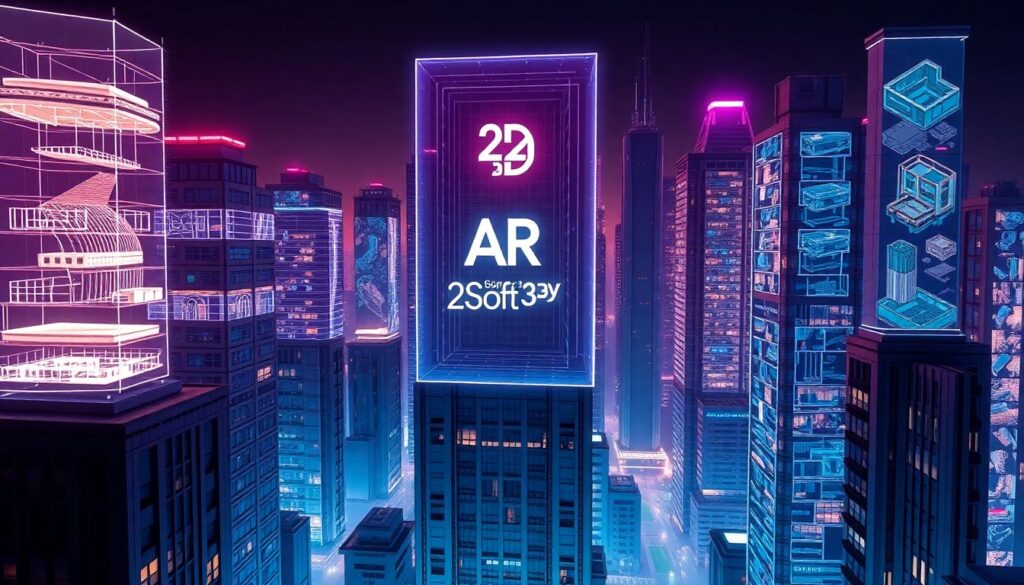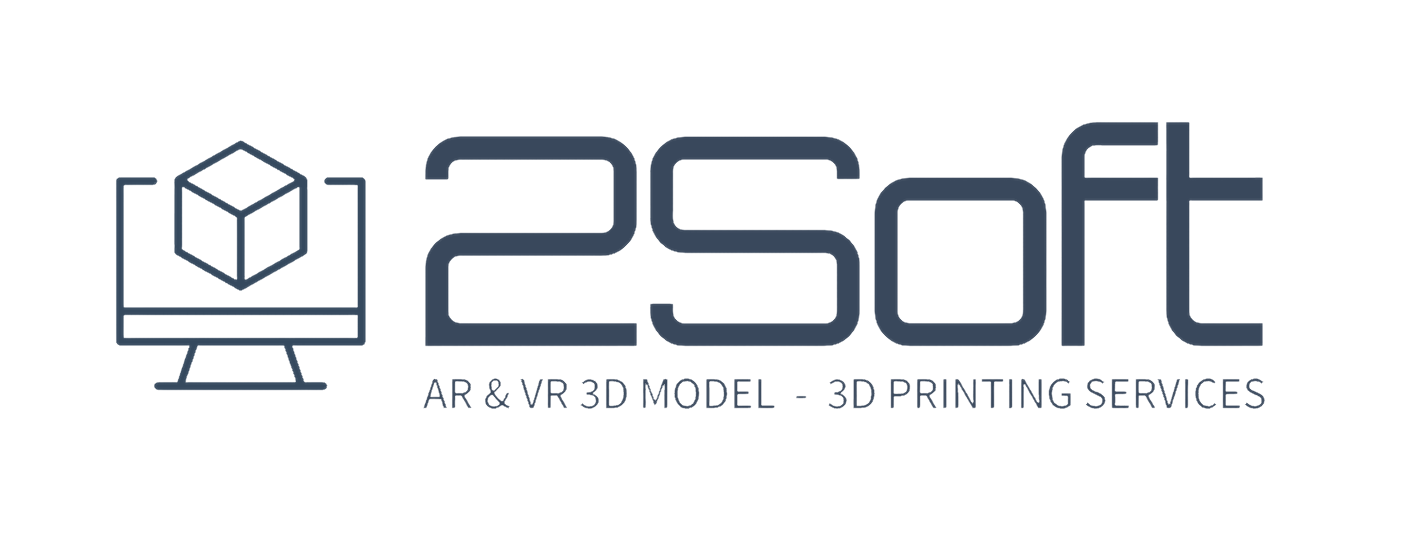What is architectural rendering?
Architectural rendering involves the creation of visuals of proposed architectural structures. These structures can be buildings with highly realistic, detailed images or animations depicting future design concepts. 3D visualization propagates,
- Marketing ideas to clients
- Solicit feedback for design refinement
- Ensure seamless project development
Fact: North America emerged as the largest market for global 3D Rendering, with a 32.15% share of the market revenue in 2022.
Currently, architectural renders cover a variety of disciplines, from manufacturing to engineering. However, unlike rendering of products, 3D visualization emphasizes building structures that do not exist. It’s an attempt to develop images that clearly represent a building, space, or project, providing visual context through aspects like colors, scale, light, and textures.
What is the significance of architectural renders?
Architectural rendering is a powerful way to showcase building specifications. The realistic view of the project provides an ample understanding of the real-world scenario. For instance, when designing a building, a client will completely understand how it will look. Meanwhile, 3D interior rendering can provide detailed insight into building interiors. Businesses these days are venturing into architectural renderings for significant benefits, i.e.,
Fact- 3D Rendering Market size was valued at USD 4.4 billion in 2023 and is estimated to register a CAGR of 25% between 2024 and 2032.







